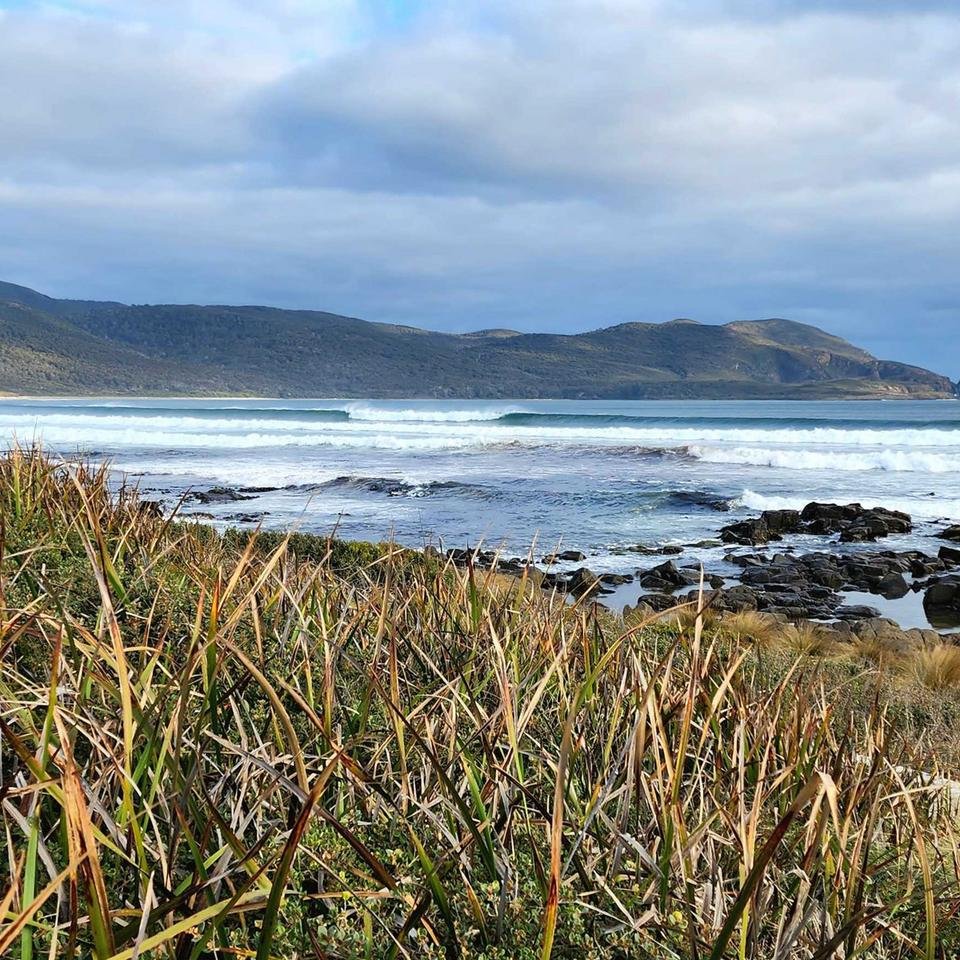Philipp Neubauer was one of a handful of New Zealand pāua industry representatives, scientists and fisheries managers who met with their Australian counterparts at an abalone workshop in Hobart recently.
“It feels like the New Zealand fishery has recently turned a corner. The catch had been going down for a long time but has steadily stabilised. Last year we were happy to report the first year of increasing catches. That’s good news.”
Phil says the turnaround is quite significant in the context of the Australian fisheries, many of which are still in decline.
“Some are doing OK and there are some signs of rebuilding but several areas are of concern to managers in Australia. Much of the east coast of Tasmania is closed, Western Australia has had massive impacts from heat waves, and there have been declines from a virus in Victoria.”
“Our South Island fisheries looked like they were in free-fall 20 years ago. But we got ahead by taking big reductions of 50 percent. Now that’s paying off. I think that’s where we’re a bit ahead of Australia.”
Phil acknowledges the economic and social cost of cutting quota but says there are now enough examples to show that slow and steady is not the best way to preserve the resource.
“These are two textbook examples. Drastic cuts in New Zealand have turned the fishery around, while the iterative cuts made in Australia have followed the catch rates down.”
Dragonfly has worked with the New Zealand pāua industry since 2010 to develop management tools for the fishery. These include real-time dashboards and science-based models. Bringing the tools together will ensure management at the fine scale marries up with the requirement for sustainability in the longer term.
“Used together, these tools will help us keep a steady eye on the fishery, on behalf of industry and government managers. Hopefully, they will also prevent the need for any more drastic decisions in the future.”
The abalone workshop brought together most of the leading abalone scientists in both countries as well as managers from the Pāua Industry Council, Fisheries New Zealand and Australian fisheries managers.
Top image: South Bruny and the surrounding areas in southeast Tasmania are important abalone fisheries. Credit: Philipp Neubauer


